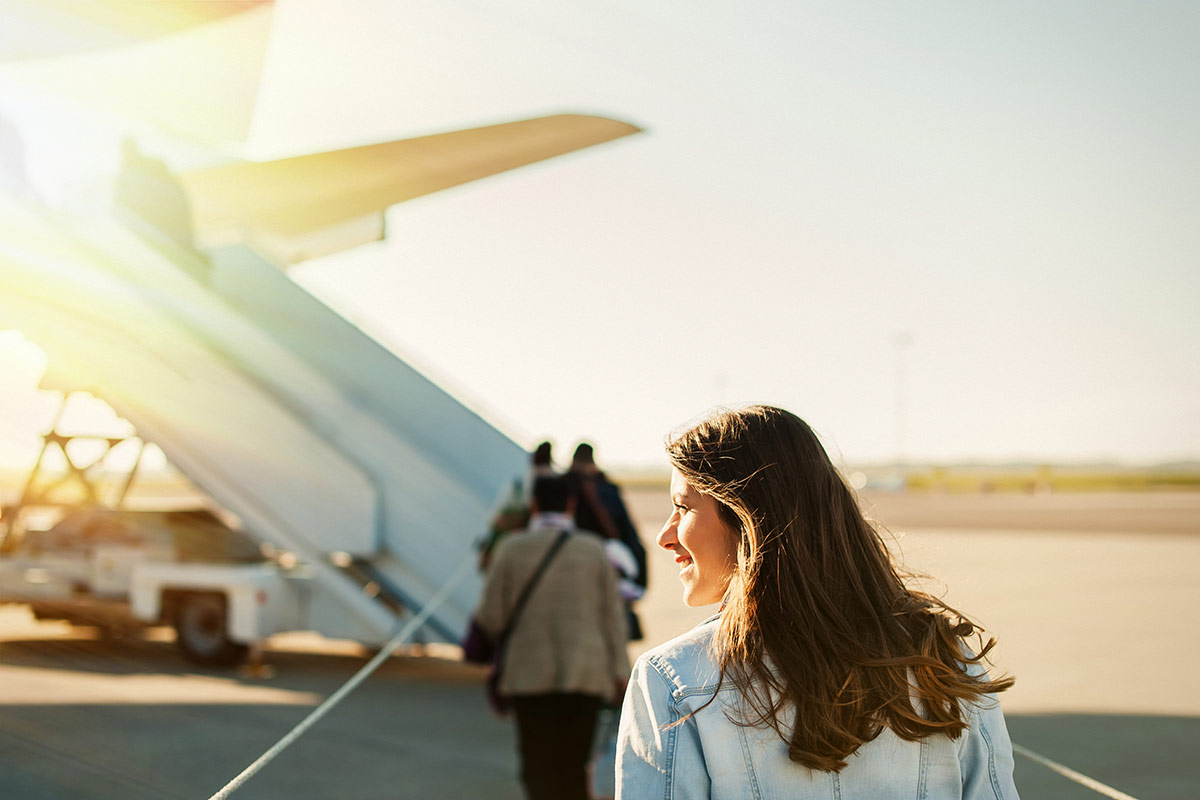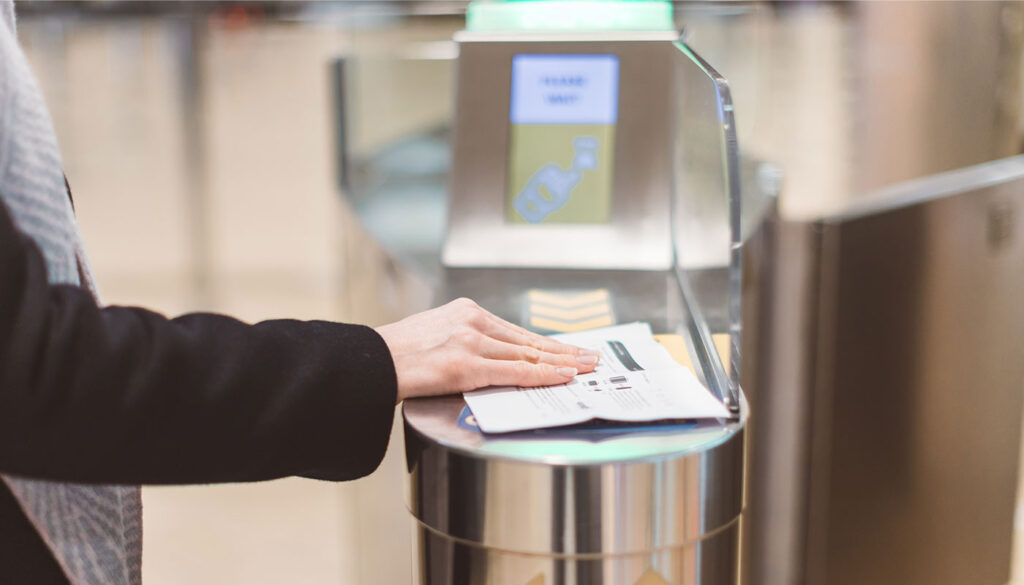
Results at a glance
- Average end-to-end trip time of 9.5 hours for a typical flight between 4-6 hours on selected routes suggesting the entire journey is far more intensive than just flight time
- Scores averaging 7-out-of-10 or higher on our travel experience index based on a shift from business to economy/ premium economy
- 7% cost savings on total APAC spend projected based on the same shift scenario
- Opportunity to segment policy allowance by either job hierarchy or travel frequency to maintain savings with an even smaller impact to experience
Challenge
A global Energy, Resource and Marine client required an impact analysis on the implications of changing policy from business class to economy/ premium economy on medium haul routes (flights between 4-6 hours) from a cost and traveler experience standpoint.
The organization wanted to ensure they remained competitive in the market to attract and retain top talent among key travelers.
They were looking for a complete study on the traveler experience from booking to trip completion with an aim to balance cost with experience and wellbeing.
Solution
CWT Solutions Group identified the key routes impacted by the proposed change to policy. With a majority of APAC routes falling between 4-6 hours, finding the balance between cost saving and employee experience was crucial.
The client’s current travel policy and booking behaviors were both benchmarked against peer group to evaluate alignment within industry.
A custom 12-point model to consider the complete door-to-door journey of a traveler was developed. Mapping the travel experience by:
- Pre-flight: distance to airport, lounge to priority boarding
- Mid-Flight: flight length, day of travel, to flight timing
- Post-Flight: distance to office/hotel

Results
The travel journey is far more intensive than flight time alone. A typical flight between 4-6 hours has an average end-to-end trip time of 9.5 hours, which is important to evaluate.
A shift from business to economy/ premium economy-maintained scores averaging 7-out-of-10 or higher on our travel experience index. Ensuring a continued positive travel experience.
The same shift scenario projected a 7% cost savings on total APAC spend. Showing clear benefit from a financial perspective.
Further analysis suggested an opportunity to segment policy allowance by either job hierarchy or travel frequency to maintain savings with an even smaller impact to experience, which is common practice in APAC Region.